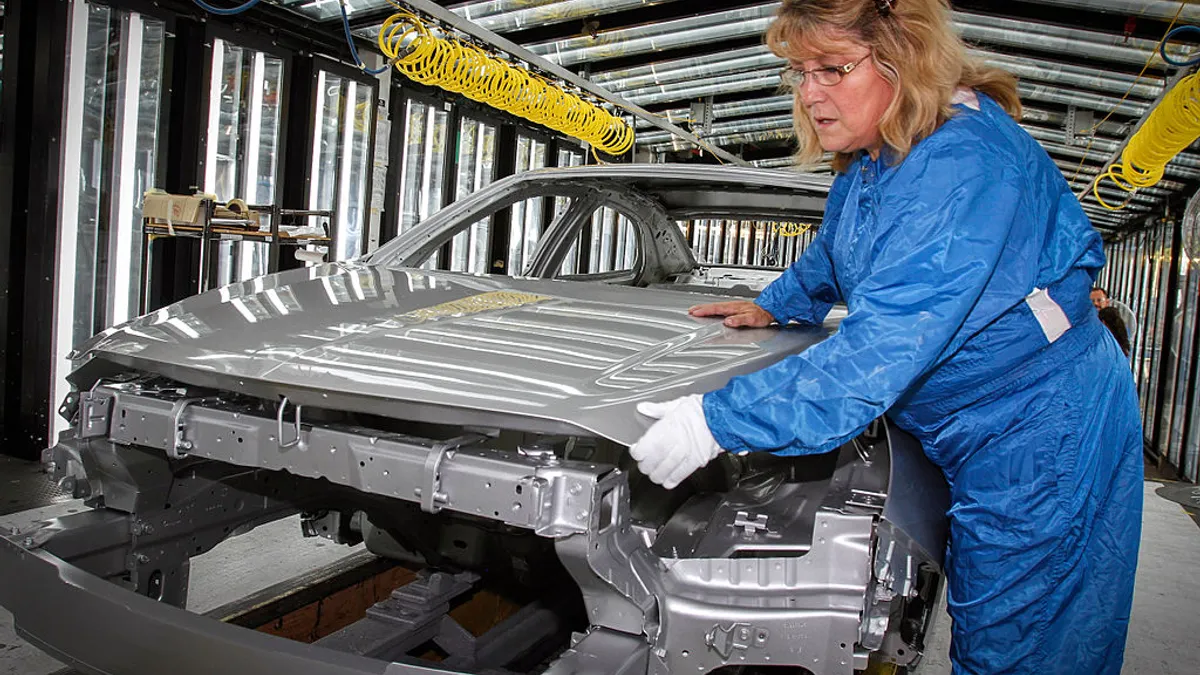Dive Brief:
- United Automobile Workers (UAW) has sued General Motors, alleging it breached a contract requiring that the company hire laid-off workers with seniority to fill openings in other plants (International Union, United Automobile, Aerospace and Agricultural Implement Workers of America v. General Motors, LLC, No. 4:19-cv-00013 (N.D. Ohio Jan. 2, 2019)). The company hired temporary workers instead, according to the suit.
- GM is set to cut 6,000 jobs and close five plants in North America, according to the Detroit Free Press. According to the union's complaint, there are about 1,000 seniority employees on layoff nationwide and many have applied to transfer to openings.
- The lawsuit asks the court to order GM to cease using temporary employees, transfer seniority employees and "make affected seniority employees whole for all losses ... including, but not limited to, back wages, benefits, relocation allowances and seniority credit."
Dive Insight:
As employers seek to become more agile — able to respond to market and other conditions — more are turning to temps and contractors. As a result, the gig economy is growing at a fast clip.
But hiring temp workers and contractors to maintain a flexible workforce can present challenges for employers, as GM is likely discovering with the UAW lawsuit. Beyond the complexities of union agreements, employers must understand the difference between independent contractors and employees — which is complicated by the various laws and regulations that approach the distinction differently. While lawmakers continue to attempt to revise decades-old labor laws to protect the growing contingent labor force, no movement is expected in this arena for some time.
Managers do much of the hiring of contingent workers, largely because they know first-hand what positions need to be filled and by whom. However, this practice means many HR professionals don't know who works for them, which can create liability that may come back to bite a company later on.











